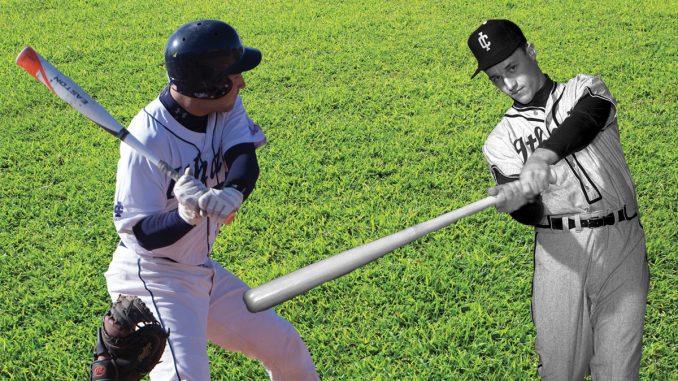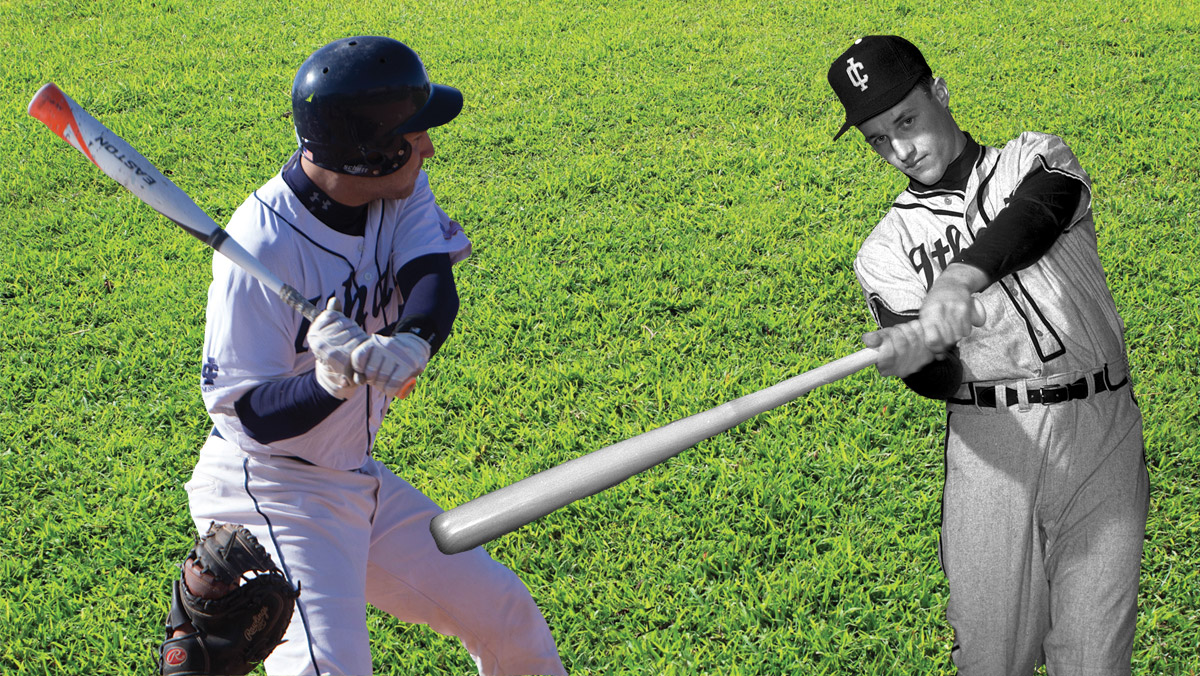

The potential use of metal bats in Major League Baseball has been hotly debated for years. Metal baseball bats have several advantages and disadvantages when compared to traditional wooden bats. Understanding how these different types of bats would affect the game requires some research.
Youth leagues, high school leagues, and college teams have used metal bats for decades. Many baseball fans are curious about why metal bats are not used in the MLB when they are more durable and do not break or splinter during play. The use of metal bats could enhance gameplay in the MLB, and many game experts believe that their adoption should be seriously considered by the league.
Marc Stocco, a baseball enthusiast, breaks down the arguments for and against using metal bats in the Major Leagues.
The Argument For Metal Bats
A metal bat is more durable and does not break during play, leading to fewer injuries connected to broken bats. Broken bats are particularly dangerous for umpires and catchers.
Metal bats produce better batting averages because the “sweet spot” on the bat is larger. With a traditional wooden bat, the sweet spot is only about the size of the ball itself, but a metal bat has a much longer sweet spot.
Metal bats are more expensive than wooden bats, and they can be dented in the course of regular play. Many youth leagues find that they need to replace their metal bats often. This could cause higher expenses in the MLB and lower profits.
Though the practice of corking bats has declined over the years, metal bats are much more difficult to tamper with. A corked bat has a hole drilled in it, and the hole is filled with lighter materials like cork or super balls. Corking the bat enables it to be swung faster, leading to harder hits and more extra bases.
Previous players like Sammy Sosa, Wilton Guerrero, Chris Sabo, Albert Belle, Billy Hatcher, and Graig Nettles have been caught using corked bats since 1970 when the rule against these bats was adopted. Other players that have used corked bats without being caught included Phil Garner and Pete Rose. The 2005 Houston Astros have also been accused of using corked bats in their playoff run.
Corking bats is a serious form of cheating in baseball, and the temptation to cheat in this way would be removed if aluminum bats were introduced.
College baseball has replaced the metal bat with the carbon fiber bat, and this may be a better future solution for the MLB. With improvements to the bat and the baseball itself, the game has been rebalanced to allow for the expected level of batting and fielding statistics.
Today, non-wood bats used by college players have been somewhat neutralized to produce less of an advantage on the hitter’s side. However, the dramatically higher level of speed and accuracy of the Major League hitter would still create a dangerous situation for players and fans in the stands alike.
The Argument Against Metal Bats
The safety issue is perhaps the most pressing. Traditional wooden bats can hit a ball at over 115 miles per hour, potentially causing major injuries to players and fans. If metal bats were used, many baseball experts believe that the entire field would need to be surrounded by protective nets.
The increased ball speed created by metal bats has caused serious and even fatal injuries to youth players, causing skull injuries and traumatic impacts. It stands to reason that the safety issue in the MLB would be even worse than experienced in the youth baseball leagues.
Head protection for pitchers is one of the major issues that would need to be addressed if the league turned to metal bats. In fact, helmets would likely need to be required for everyone on the field. Players might have lower visibility if they had to wear helmets at all times.
Using a metal bat would create higher batting averages, but it would give batters an unfair advantage over pitchers. In order to give both teams a fair chance, the MLB is continuing to require the use of wooden bats for the foreseeable future.
Finally, baseball enthusiasts like Marc Stocco are worried that switching to metal bats would interfere with the continuity of statistics in the game, making it impossible to compare today’s best hitters to historical legends like Babe Ruth and Hank Aaron. Leveling the playing field between historical players and current stars allows statisticians to create a complete record of the shifts in the game since its inception.
Weighing the Pros and Cons
When considering the impact that switching to metal bats may have on the MLB, it is understandable that the wooden bat rule has stood. Metal bats would cause balls to be hit at unsafe speeds, endangering players and fans. The competitive advantage would be heavily weighted toward the batter, leaving offensive statistics distorted. The historical character of the game would be disrupted.
Marc Stocco understands the reasons why the metal bat is not allowed in the MLB, but he encourages bat manufacturers and the league alike to look into ways that non-wooden bats could be safely put into play.

Be the first to comment